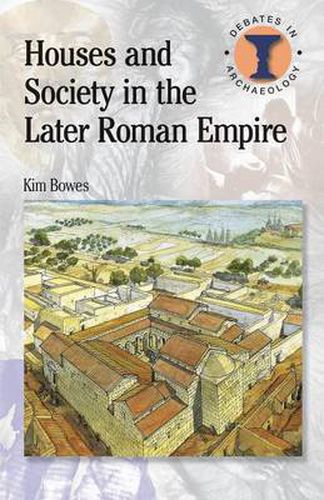Houses and Society in the Later Roman Empire
Kim Bowes

Houses and Society in the Later Roman Empire
Kim Bowes
Houses are often assumed to be reliable mirrors of society, fossils of family structures, social hierarchies and mental maps of worlds now vanished. This is particularly true of the elite houses of the third to sixth centuries AD, which have been read as material symptoms of Rome’s decline. The great dining and reception halls of urban houses sound the death-knell of participatory government and the rise of patronage politics, while in their sheer size and splendour later Roman houses seem to encapsulate a fin-de-siecle world of have and have-nots, separated by unbridgeable social chasms. Kim Bowes debates this image of later Roman houses as reflections of decadence and despotism, suggesting that the principal interpretive model, which reads such houses as reflective of a newly hierarchical, ritualized society, finds little support either from the archaeological evidence or from new readings of historical sources. Drawing on the most recent archaeological data and new theoretical models, she offers instead a less sharply periodized view of later houses, stressing their continuity with houses of the early empire.
This item is not currently in-stock. It can be ordered online and is expected to ship in approx 2 weeks
Our stock data is updated periodically, and availability may change throughout the day for in-demand items. Please call the relevant shop for the most current stock information. Prices are subject to change without notice.
Sign in or become a Readings Member to add this title to a wishlist.


